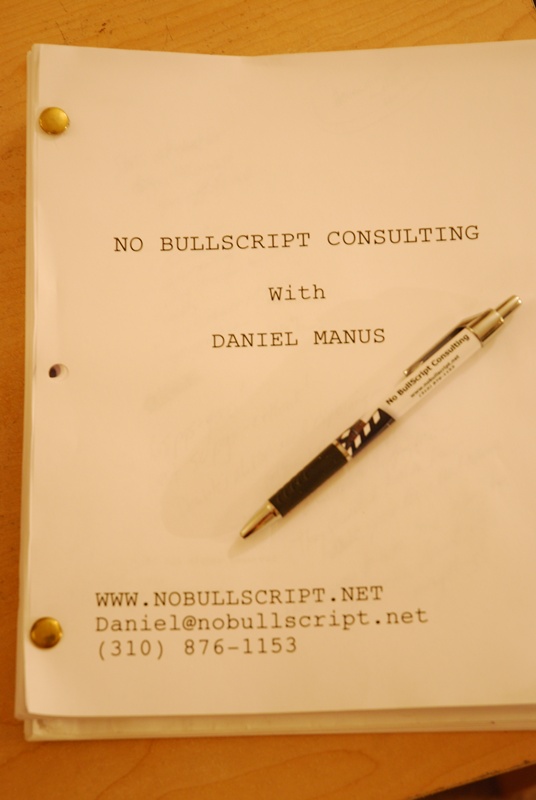-
Screenwriting As Sex Part 3 – The Third Act: Make Me Climax & Leave Me Satisfied
December 1st, 2014By Danny Manus
There are many different and often confusing opinions on what the third act is all about and needs to include.
Blake Snyder said that after the Dark Night of the Soul, you Break into your Third Act on pg 85, have the Finale on pgs 85-110 and then your final image.
Chris Vogler says the third act is about the Character’s Road Back, his Climax/ Resurrection, and his Return with the Elixir.
Michael Hauge says the third act is about the Inner and Outer Journey, where the Outer Journey is the story’s final push to reach its goal, how it hits the climax and deals with the aftermath while the Inner Journey is about a character living one’s truth with everything to lose and achieving his destiny having completed his journey.
And Robert McKee uses a graph with a bunch of squiggly lines and ellipses to basically say the same thing as everyone else.
But in the end, what happens in your third act is really just a metaphor for a good old fashioned slap and tickle. That’s right…it’s all about making whoopee on the page. Don’t believe me? Well, just answer these simple, completely sexually-charged questions about your third act…
– Was there a build-up and progression of emotional and physical tension until your characters’ instincts and better judgments took over?
– Did it lead to a satisfying climax where your characters release everything they have?
– Was there an unexpected or surprising twist or moment that makes one look at things differently?
– Who was left on top? Was there a winner?
– After it’s over, was it worth it and did it leave me satisfied? Or was it just wham, bam, thank you ma’am?
– And were there enough moments to make for an engaging or exciting 3 minute movie trailer?
If your answer to all of these questions is YES, you mostly likely have a strong third act…and a fantastic Friday night.
If your First Act is all about first impressions, the tease, and the seduction, your Second Act is all about foreplay – starting out with an exciting moment and progressing ahead hot and heavy with your mission – emotionally, mentally and physically. And then there needs to be a natural build up and flow from the end of foreplay and your Second Act into the start of the Third Act – and you’re on your way home. If the Second Act ends with the hero at their lowest point – on the bottom – then the Third Act is where the hero suddenly comes up with a plan to get back on top.
Executives don’t care if the climax occurs exactly on page 89 or 94. What they care about is that no matter what genre you are writing (or whom you’re with), you have built up events to an exciting and dynamic point where there’s a great payoff. The climax has to involve your protagonist – because if your partner is alone and you’re not included – it doesn’t really count, does it? And naturally, your protagonist has to be the key to the climax and success. It doesn’t count if someone else does it for him.
The climax must resolve – or at least bring to a head – the main conflict in your story. And it has to be a big moment. All too often, the note executives give is that the climax is just anti-climactic. The resolution is achieved too easily. That’s what she said.
Missionary is fine, but everyone knows how to do that. Being by-the-book usually isn’t enough. You have to stand out if you want to “work” again. So what makes you special? What’s that special twist in your third act that’s going to wow executives?
Having those big trailer moments in your climax and third act is crucially important. In a two and a half minute trailer, a solid minute of that is probably going to come from your third act. So if you don’t have enough highlights and great moments in your third act to add up to ONE minute – well…there probably won’t be a sequel.
Your third act must wrap up not just the main objective of your A storyline, but all of your subplots as well and draw the clear connections between them and how they affect each other for the progression of the story. And it’s where your main protagonist AND your main antagonist resolve their character arcs. They become different people after having gone through what happened between them.
The final image should be a powerful moment. It’s the last thing the reader or audience is going to experience so you better make it meaningful. You can use a circular ending where you finish the way you started – perhaps with a romantic kiss? Or you can finish big and go out in a blaze of glory. But any way you finish, your job is to leave your partner – I mean, audience – feeling an emotion, whatever the correct emotion for the moment might be; love, warmth, security, happiness, anger, emptiness, confusion, etc.
After the final word, executives must feel like the ride was worth it and that they’d like to do it again. Practice makes perfect, but follow the steps above and you will be one step closer to a finished screenplay and one hell of a good time.






